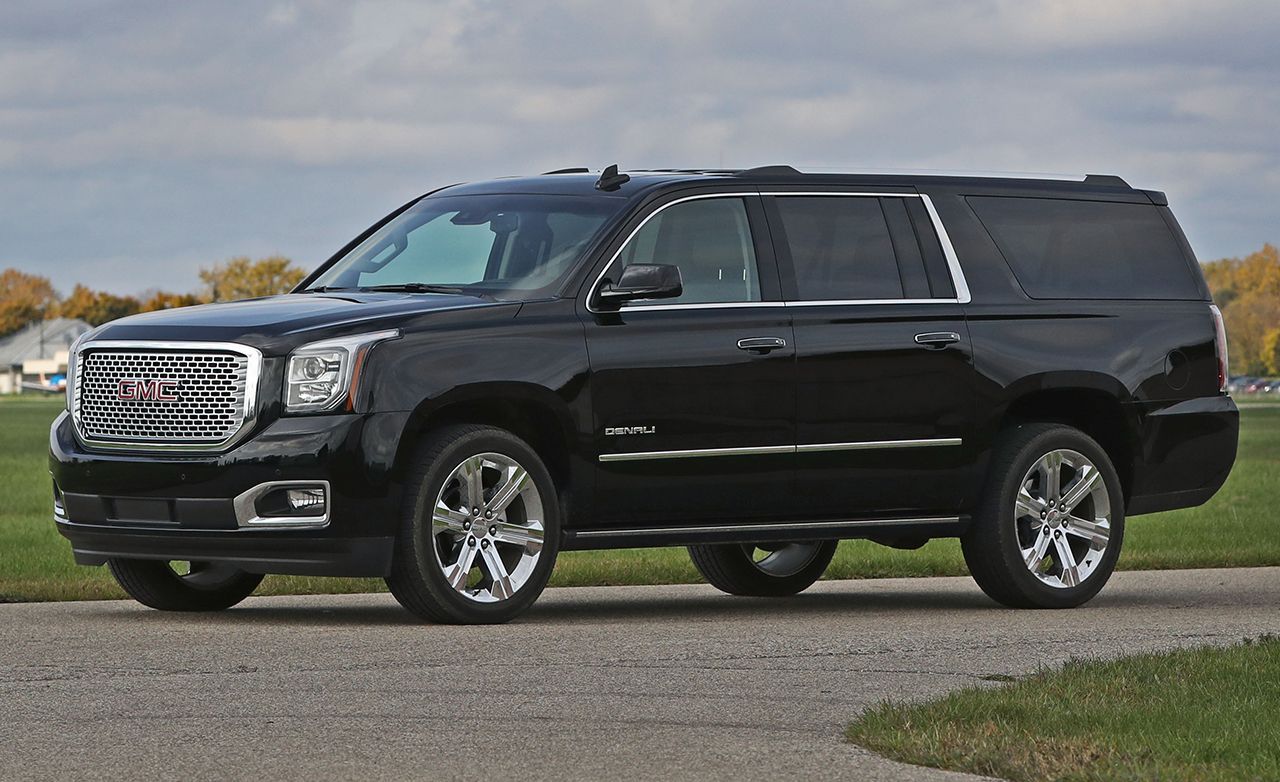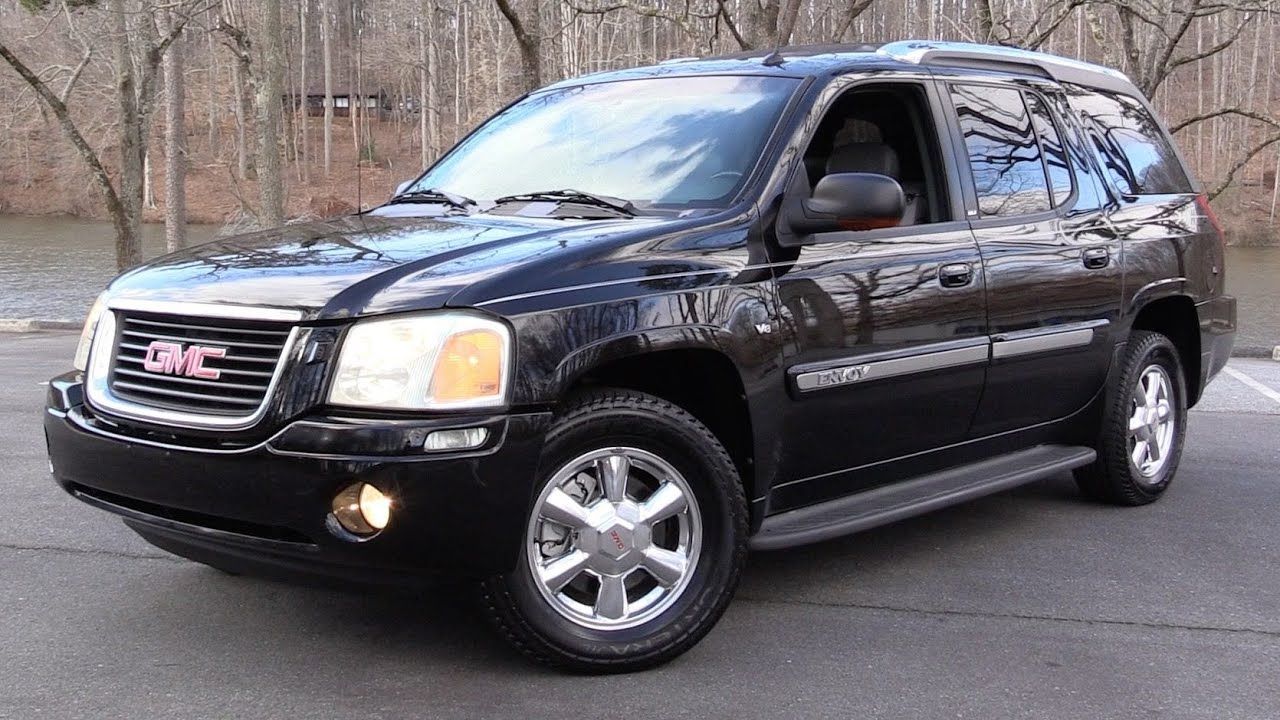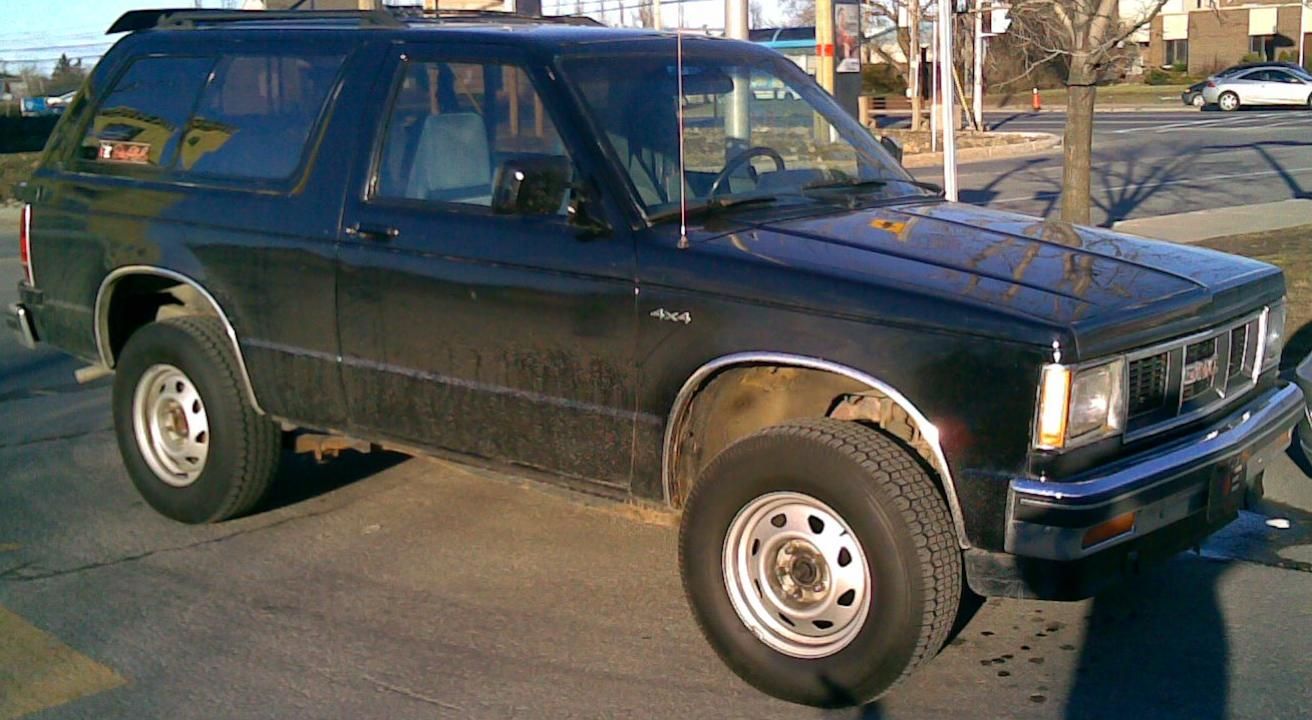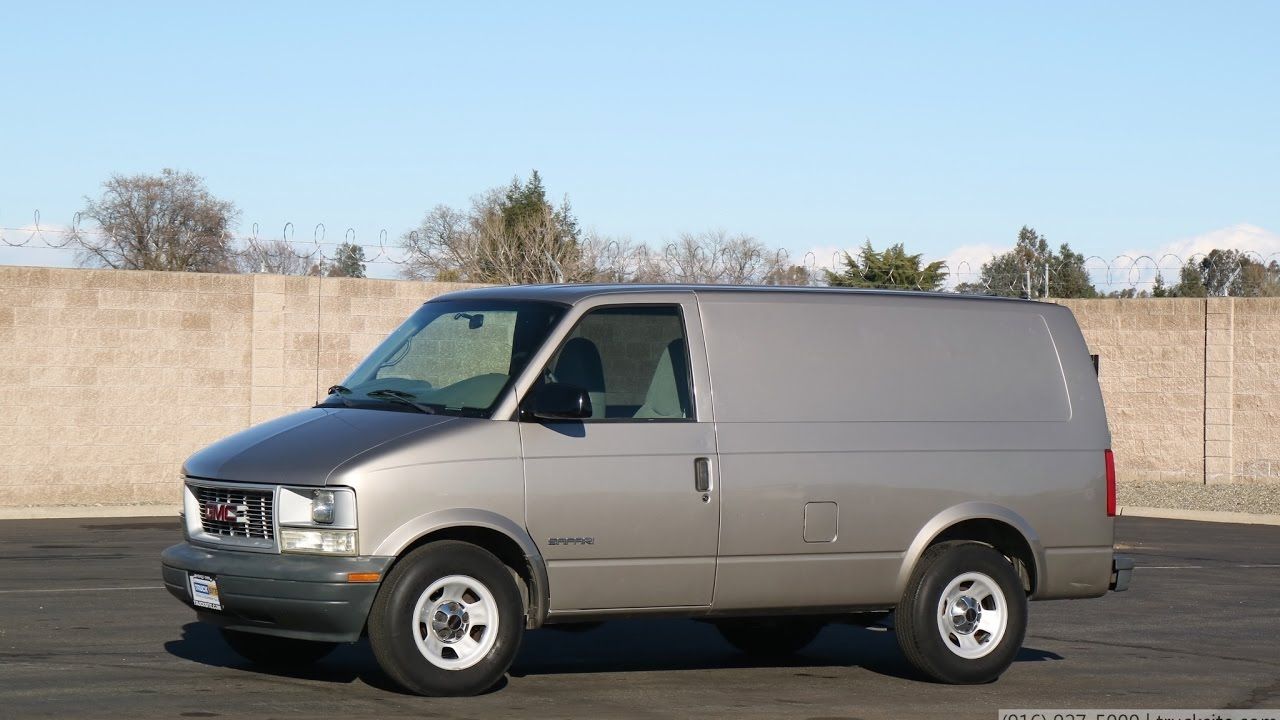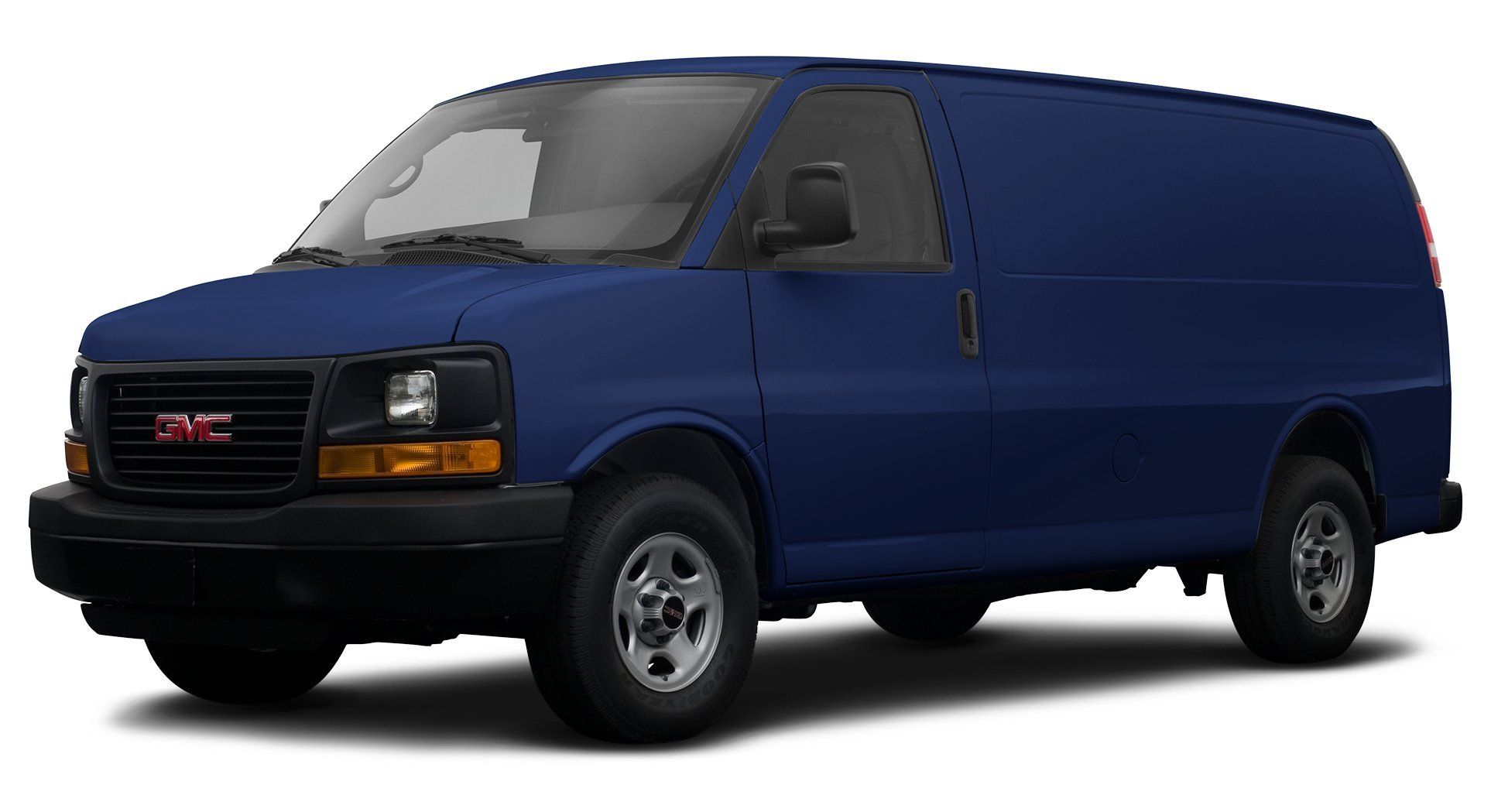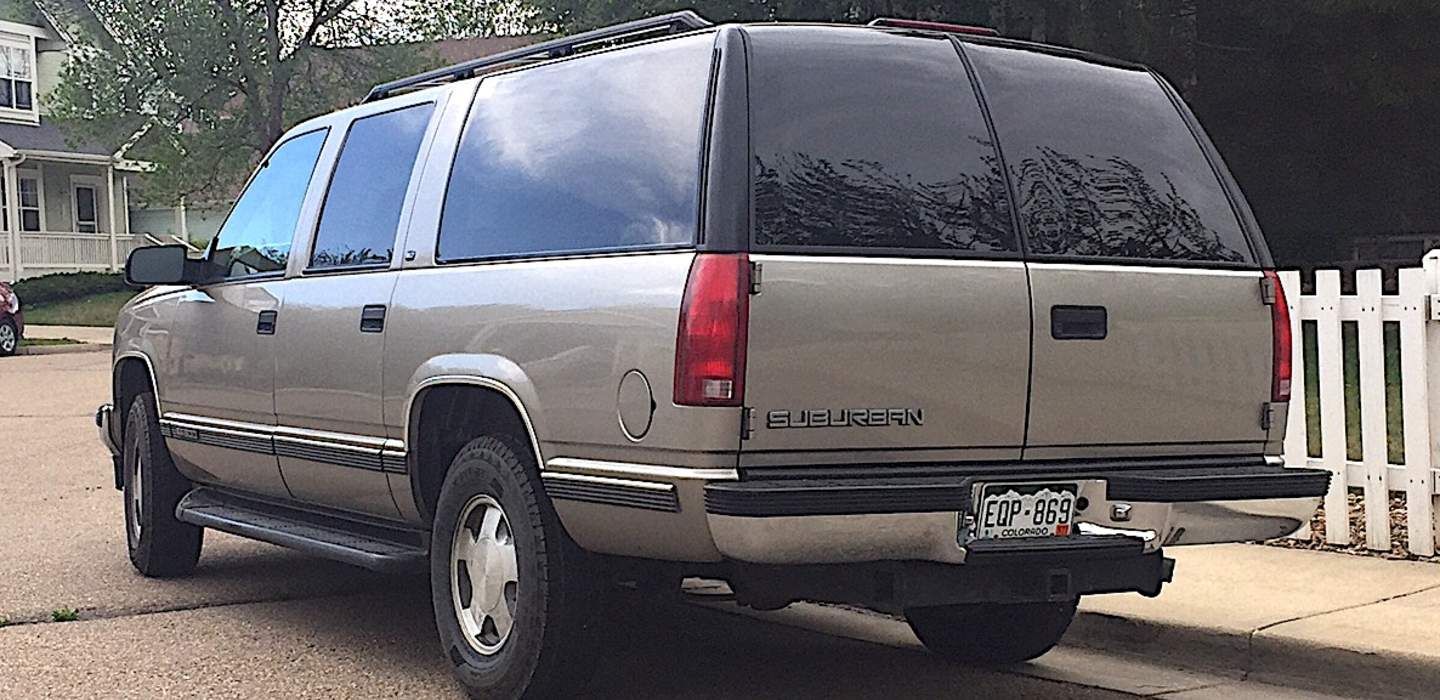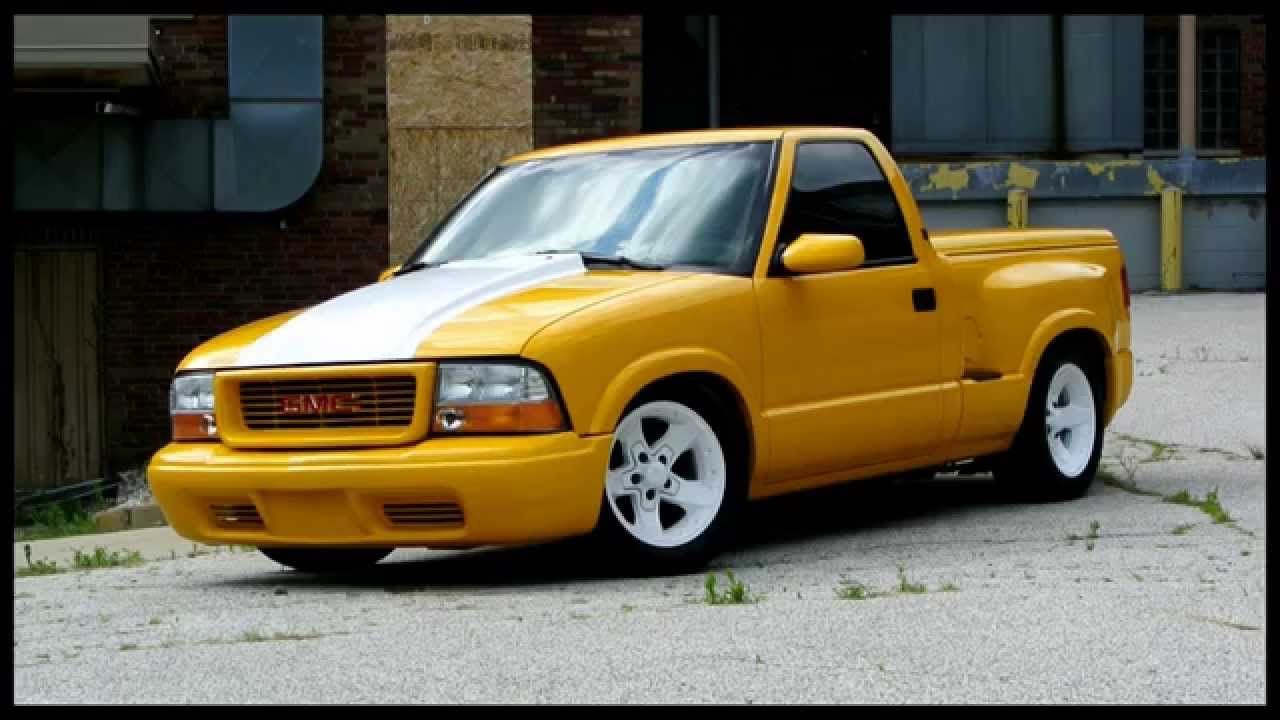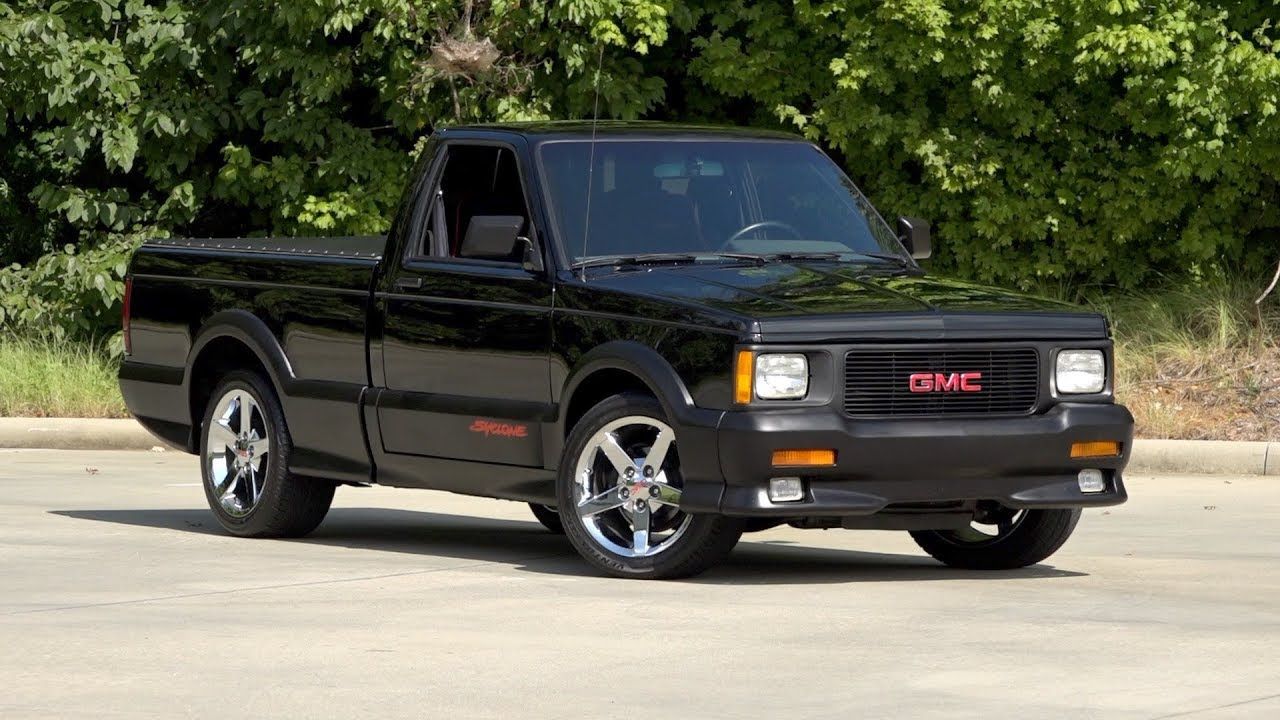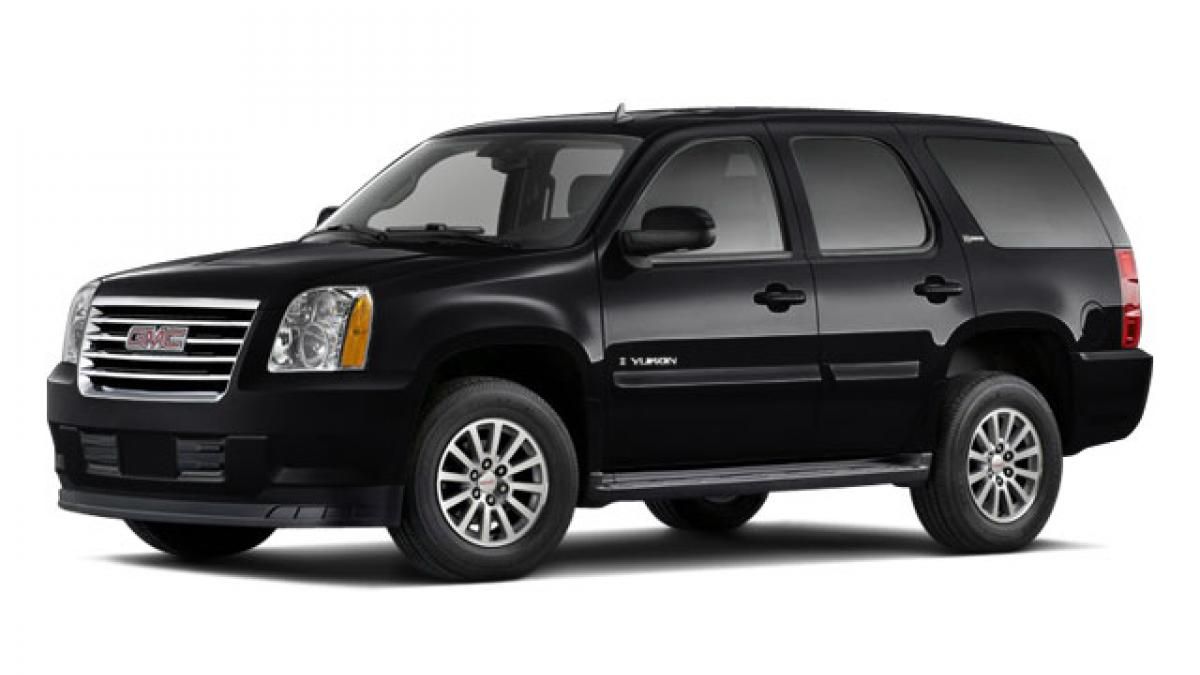GMC has been producing utility cars under the auspices of General Motors for over a century now. It has a long history of affordable and reliable vehicles, and some of America’s iconic models went through its production lines.
In the last few decades, you will find that GMC has essentially become a more upscale twin to Chevrolet. Most of the cars they produce are very similar, usually built on the same platform. Some are simply rebadged under the GMC name.
In the course of its long history, GMC has had to discontinue the production of several models for various reasons. Usually, that happens due to low sales volume, but other factors come into play as well. Whatever their reasons, here are 10 car models that GMC has discontinued from production.
10 GMC Envoy
The Envoy nameplate was introduced in the American market in 1998 when the GMC Envoy was produced for that model year. It was a mid-size SUV that could seat 5-7 people and was based on the iconic GMC 360 platform.
At first, it didn’t do too well but GMC decided to revive it in the 2002 model year, after which it was in production until 2008. In those six years, it had relative success in US markets despite a lackluster profile.
In 2008, GMC closed down the plant where it produced the Envoy and 5 other cars, effectively ending the Envoy.
9 GMC XUV and GMC XL
These two were both variations of the GMC Envoy and were based on the same GMC 360 platform. However, the XUV was a pick-up truck and SUV combo, seating 5 passengers and having a retractable door between the cargo and passenger areas. The XL was an extra-large Envoy seating 7 people comfortably.
Sales for the XUV were underwhelming and GMC failed to meet its target. It discontinued the GMC Envoy XUV in 2005.
The GMC Envoy XL enjoyed a bit more success and went out with the Envoy in 2008.
8 GMC S-15 Jimmy
The GMC S-15 Jimmy was first introduced in 1982 as a rebadged Chevrolet Trailblazer. Both were short wheelbase SUVs and came in a two-door style, and later a four-door longer version was introduced.
Two generations of the Jimmy were produced, with the first ending in 1994, and the second generation running from 1995 to 2005. However, in the US it dropped out of the market in 2001 and was replaced by the GMC Envoy, with which it shared most of its features. In was sold in Canada until 2005.
7 GMC Safari
The GMC Safari and its twin Chevrolet Astro were the first minivans from General Motors in 1985.
Two generations of these cars were produced. The first one ran from 1985 to 1994, with many improvements along the way. Engine choices ran from a 2.5L, 98HP four-cylinder to a 4.3L 200HP V6. The four-wheel-drive option was also made available in 1990.
The second generation started in 1995 with a facelift, extended nose, a new dashboard, airbag for the passenger and a few other changes.
The Safari and Astro both sold very well, and survived past the initial discontinuation date set of 2002. Their production was eventually halted in 2005.
6 GMC Savana 1500
The GMC Savana is a full-size van manufactured by GMC. It is a mechanical twin of the Chevrolet Express, and both became immensely popular especially among independent contractors. It was also used widely as a motor home, ambulance, and even as a school van.
Both the Savana and the Express were based on the GMC600 platform, which featured an extra-long wheelbase. They were powered by variations of the V6 and V8 engines and had superior handling and suspension.
The vans came in various capacities, and eventually, the ½ ton 1500 series was discontinued in 2014 due to low production.
5 GMC Suburban
The Suburban is the longest surviving nameplate in the product, since its inception in 1934. The GMC Suburban and the Chevy Suburban have been twins since 1937 when it was introduced. It is the single most profitable model produced by GM.
These cars are full-size SUVs, having enough space to seat up to 9 people or for cargo and passengers.
GMC officially rebranded the Suburban in 2000 and called in the Yukon XL.
4 GMC Sonoma
The GMC Sonoma was a compact pickup truck that was first produced by Chevrolet as the S-10 in 1982. In 1983, GMC produced the S-15 also called the Sonoma. It was part of the S-series consisting of other models such as the Jimmy and the Syclone, both by GMC.
The Sonoma was relatively successful, even having a version built for Brazil and sold as the Isuzu Hombre. Two generations of the vehicle were manufactured.
In the US, the Sonoma was produced until 2004 when it was replaced by the Chevy Colorado and GMC Canyon, while in Brazil the same happened later in 2011.
3 GMC Syclone
This was a high-performance version of the GMC Sonoma and is the predecessor of the well-known Typhoon. It featured a full-time 4-wheel drive, 4-wheel anti-lock brakes and a Mitsubishi 4.3L V6 producing about 280hp. At that time, it was the fastest pickup truck in the world.
Both the Syclone and Typhoon were only produced until 1993, being only variations of the more common Sonoma.
2 GMC Vandura
The Vandura was the predecessor to the Savana and the Chevrolet Express. It was also referred to as the Chevy van and was based on the G20 platform that GM meant for North America.
The car was very popular for various applications, ranging from mobile homes to ambulances and fire chief trucks. There are ½, ¾ and 1-ton models available and were powered by a 4.3L engine.
They were famous for their low maintenance and reliability, and ultimately 3 generations were produced from 1964 to 1995. From there, the Chevy Express took over as the workhorse van of choice.
1 GMC Yukon Hybrid
The GMC Yukon is a rebadged Chevrolet Tahoe, both being full-size SUVs from General motors. The Hybrid version of the vehicle was introduced in 2007 as part of an effort to make it more fuel-efficient.
The Yukon hybrid featured a two-mode hybrid system with regenerative braking, meaning that the battery was charged by the engine when running, wheels when coasting and during braking. However, the fuel economy was only slightly better, giving it about 21mpg compared with the 16mpg of the non-hybrid.
GM scrapped the Hybrid in 2013 to look for alternative ways to achieve fuel economy.

